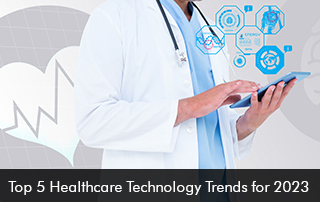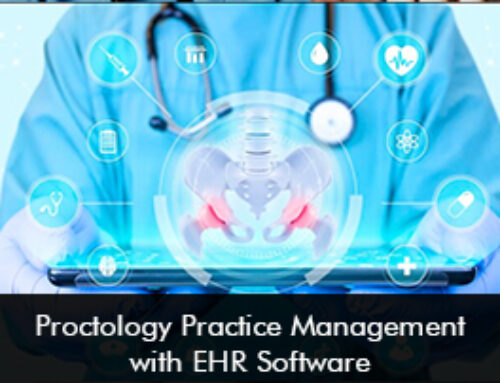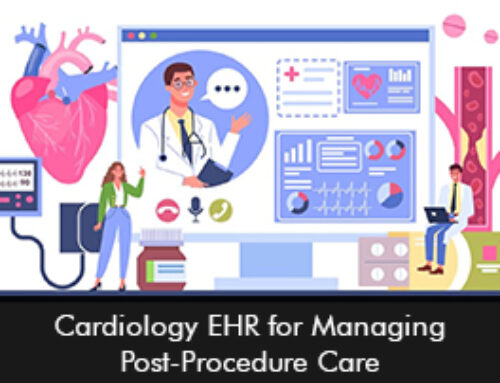Healthcare technology has played a prominent role to help improve patient diagnosis and treatment. Proactive medical organizations should know the future of technology trends so they can be prepared to embrace them to stay competitive and offer high-quality patient care. The advent of digital solutions and healthcare tech has revolutionized the healthcare sector in numerous ways.
Benefits of healthcare technology
Technology solutions such as Electronic Medical Records (EMR) Software, EHR solutions, patient engagement technology, and remote care solutions have many advantages for both clinicians and patients. Leveraging technology can reap the following benefits,
- Easy access to patient medical records including complete patient medical history.
- Eliminates the chances of human errors, hence improving patient safety.
- Better patient care can be offered with the help of technology, such as RPM tools.
- Reduction in costs.
- Improved patient education.
- Boost patient satisfaction scores by deploying robust patient engagement solutions such as the patient portal platform.
- Technology helps to streamline clinical, administrative, and financial workflows to make way for efficiencies.
5 main healthcare trends to keep an eye on in 2023
- Telemedicine software – Due to the global pandemic, telemedicine EMR software came to the forefront to offer remote care solutions. The robust platform has enabled providers to expand their access to care and allow patients to receive timely and effective care from the comfort of their homes. Experts predict that there will be an increase in the use of telehealth solutions. A report from Healthcare Dive suggests that the costs of medical services which include telemedicine could rise from $29 billion in the year 2020 to $106 billion in the year 2023. Patients with chronic conditions will increasingly rely on telemedicine sessions with their providers.
- Cloud computing for outsourced services – Another issue for medical practices due to the COVID-19 pandemic was facing staff shortages, especially in New York and California where the labor in healthcare may drop by as many as 500,000 professionals by 2026. This will result in staff shortages, unfortunately. The global medical billing outsourcing market is anticipated to reach 12.5% CAGR by 2023 according to Medgadget. Outsourcing medical billing to a third party only makes sense.
- Monitoring patients remotely – Technology has made it possible to effectively monitor patients remotely. The use of remote patient monitoring tools has helped providers to get real-time data regarding the patient’s heart rate and blood pressure. Staying informed can help to avoid any serious medical consequences and enhance patient outcome levels. In 2023, the use of technology to monitor patients will further increase.
- AI in healthcare – Artificial Intelligence technology is making its way in the healthcare sector by improving software solutions and making them even more efficient in quickly examining huge amounts of unstructured patient data and also automating administrative tasks such as preauthorizing insurance.
- The use of patient portals – Another developing trend for 2023 is that more people will use the patient portal platform which is seamlessly connected to the provider’s EHR software system. Through the portal patients can schedule appointments, view lab results, pay online bills and contact their doctor in a few simple clicks. Patient engagement will improve with such online services.
It is always good to stay connected with the upcoming changes and trends to prepare your staff members and healthcare organization to adopt the right policies for success. Trends keep changing and staying on top of technology developments will help healthcare organizations leverage them more smoothly.







